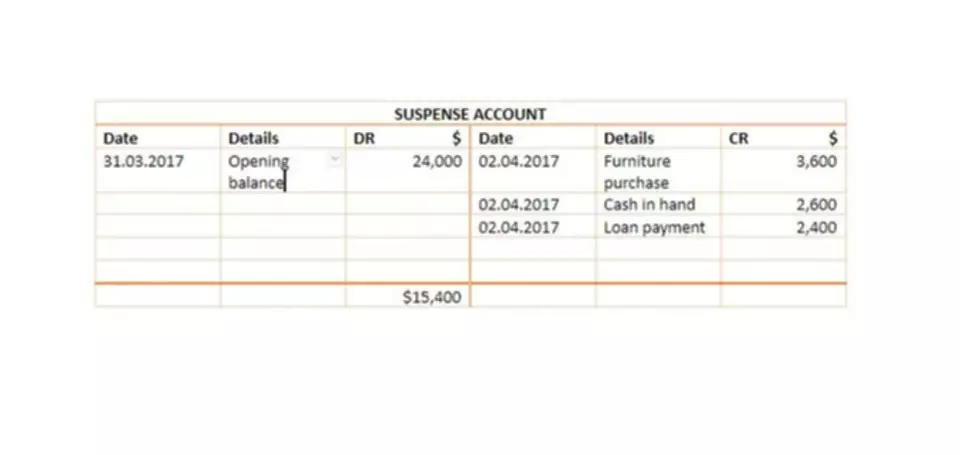Content

A segregated asset account established to receive and invest variable life insurance or variable annuity premiums into selected Investment Divisions. Section 79 of the Internal Revenue Code refers to term life insurance provided by an employer to employees. Under Section 79, the employer can provide up to $50,000 of life insurance to an employee and deduct the cost, with no tax consequences to the employee. Amounts over that amount, however, are treated as a taxable benefit to the employee. A life insurance contract that provides payment only upon survival of the insured to a certain date and not in the event of that person’s prior death. A life insurance or annuity policy whose owners are eligible to share in the distribution of dividends paid out of the surplus of the company. A term life insurance policy that cannot be converted to a permanent policy.

This cash value can also function as a kind of savings vehicle. Under the cash surrender value method, when a policy is purchased by a third party, the difference between https://simple-accounting.org/ the acquisition cost and cash surrender value is recognized as a loss. Initially, the amount of the reported asset is limited to the policy’s cash surrender value.
Aside from potential taxation, it’s essential to understand that cashing out your policy cancels it. Once you surrender your policy, you can not change your mind, and there is no grace period during which you’ll have coverage. Beneficiaries will receive no death benefit from the policy, and it may be difficult or even impossible for you to get a new life insurance policy, depending on your age and health. For example, if you pay an insurance premium for your business, the coverage you obtain is for a year. Thus, the benefits you will be getting from this asset are extended over a year. Normally, prepaid assets shown in the current assets are the ones expected to be used within a year after the balance sheet date. If a prepaid asset is expected to provide benefits for longer, then the portion of the prepaid asset related to benefits after one year is shown in the non-current assets (i.e. Other Non-current Assets) on the balance sheet.
In the early years of a policy, life insurance companies can deduct fees upon cash surrender. Depending on the type of policy, the cash value can be available to the policyholder during their lifetime. It is important to note that surrendering a portion of the cash value reduces the death benefit.
To summarize, as the policyholder continues paying premiums on time and the funds held in investments underlying the life insurance policy increase in value, so too will the cash value. By definition, the cash surrender value represents the sum of money an insurer pays to the policyholder or an annuity contract holder when surrendering the life insurance policy. Simply stated, accounts receivables are the amounts owed to you and are evidenced on your balance sheet by promissory notes.
For instance, if you receive a cash surrender payment of $50,000 and paid $40,000 in premium payments, $10,000 would be subject to taxation. It limits the amount reported as an asset on the statement of financial position to the cash surrender value.
In most cases, CSV could be significantly less than the policy’s actual cash value if the withdrawal happens before a pre-determined tenure. With annuities and non-Roth qualified retirement plans and non-Roth IRAs, earnings are tax-deferred until received. For cash value life insurance, earnings are tax-deferred until withdrawn by the owner. If they are not withdrawn, but paid at death under the life policy, they will generally be received income tax-free. Provides level term insurance on both current and future children of the insured that can be converted to a permanent life insurance policy. The American Council of Life Insurers is the leading trade association driving public policy and advocacy on behalf of the life insurance industry. 90 million American families rely on the life insurance industry for financial protection and retirement security.
In insurance, vital information required for making an underwriting decision. It involves information cash surrender value of life insurance balance sheet classification that is so important that misrepresentation or concealment would alter an underwriting decision.
The CSV captures how the investment portion of the insurance has grown during the policy’s tenure. If a policy is surrendered before a set time, then surrender charges are deducted from the CSV. But if the cancellation is made after that time, the surrender charge deduction is not imposed on the withdrawal. An underwriting process, generally used in group coverage or insurance for smaller amounts, that uses less strict analysis of risk factors, often requiring no medical exam. A term or condition of an insurance policy as contained in the policy clauses. The funds that an insurer sets aside specifically for the purpose of meeting its policy obligations, including the payment of proceeds in the future. An outstanding policy loan typically will accrue interest daily at the current rate, and the interest is compounded annually.
Note that this is not necessarily the same as the actual death benefit payable. Please refer to your policy’s terms and conditions for additional information on the factors that may increase or decrease the actual death benefit payable, which may include loans taken or additional coverage purchased. Conversion may be effected at attained age or at the original age . If original age is selected, the policy owner must pay past premiums as described in the contract. A conversion privilege also refers to group insurance where employees of a company whose group policies are terminated for any reason may convert their certificates to permanent insurance at their attained ages. For non-recourse notes, the loan is secured solely by the cash surrender value of the policy and, therefore, potential for a loss related to the loan exists if the cash surrender value is less than the loaned amount.